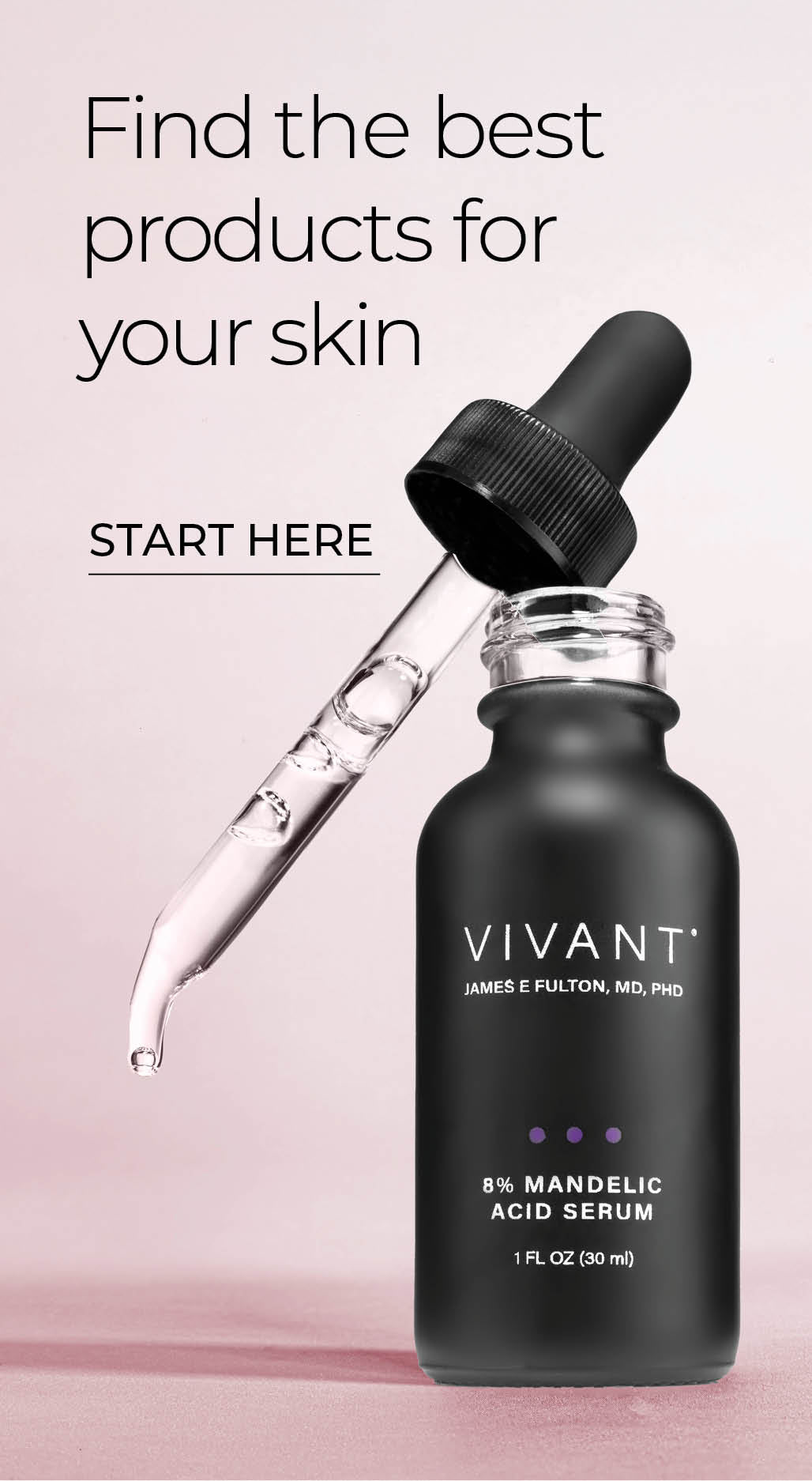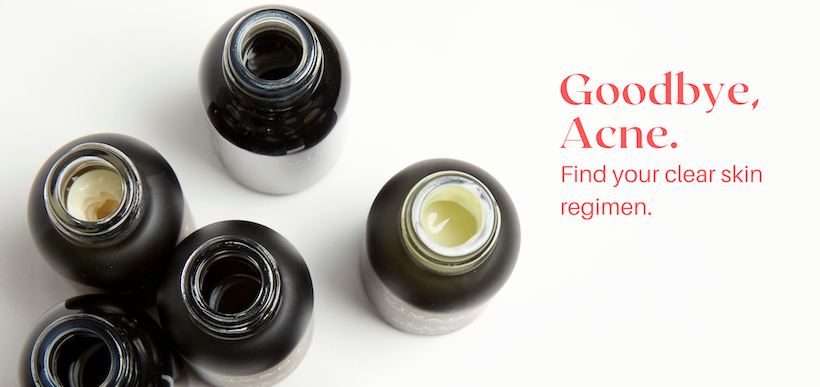Vitamin A: Topping The A-List Of Skin Care

Vitamin A is the one remarkable ingredient that does it all—exfoliates, repairs, retextures, rejuvenates.
Better known as retinol or retinoid, Vitamin A emerged as the dramatic change agent for skin in the late sixties when James E. Fulton, M.D., Ph.D., was looking for a way to treat acne more effectively. Dr. Fulton co-developed Retin-A® and kicked off the retinoid revolution.
Highly effective in bringing impurities to the surface, clearing them away, and stimulating the production of new, healthier skin, Retin-A®’s ability to accelerate cell turnover and generate new collagen made it exceptionally good for treating photo-damaged skin as well.
But Retin-A® could be irritating; it required a prescription, and, at the time, could only be prescribed for acne. Worse, when commercially released by Johnson & Johnson, the formula included comedogenic ingredients. Dr. Fulton wanted to find a way to harness the exceptional benefits of Retin-A® without the irritation, keep the formula non-comedogenic, and make it available over the counter. Others had the same idea, hence the wide array of Vitamin A derivatives on the market today.
All are definitely not created equal. Some cause redness. Some don’t penetrate deeply enough into to live up to their promise. Some are extremely slow to show results.
Dr. Fulton, developed and patented Vitamin A propionate with a smaller molecular structure that allows it to reach the deeper layers of skin where it accelerates cell proliferation and the growth of collagen and elastin more effectively, and in less time than other Vitamin A derivatives.
Skin cells are formed and shed off naturally every thirty days. Vitamin A propionate accelerates that renewal cycle to between 10 and 14 days. The upper layers of dead skin are shed off more quickly and the build-up of new debris is minimized. New skin is revealed, collagen production is stimulated. The dermis is increased as cells plump. The cell layers on the surface of the skin are reduced from 14 layers of compacted dead cell debris to eight or nine resiliently elastic layers that give skin a healthy, youthful glow.
The A-List Of Benefits:
Removes dead skin cells
Repairs cellular structure
Reverses photo-aging
Breaks up excess melanin to brighten skin
Decreases sebum production
Diminishes and refines pores
Diminishes blemishes
Strengthens the skin matrix
Improves hydration
Increases blood flow
Stimulates collagen and elastin production
Thickens the dermis
Reduces the appearance of fine lines and wrinkles
Gives skin a glowing appearance
Because of the highly active nature of Vitamin A, you will both see and feel the results in your skin. Don’t fear the flake. Micro-peeling is what you want. Add a little Buffing Grains into your routine to help remove any flaking. Don’t increase your moisturizer. Your skin isn’t dry. It’s regenerating.
If you haven’t used Vitamin A before, it’s best to start with a lower concentration to allow skin to acclimate. As skin acclimates, bump up to stronger formulas to keep your progress going. Vitamin A can be used daily and, unless your skin is sensitive, morning and night is fine.
For clearing acne, fighting the signs of aging, or just promoting and maintaining firm, bright, glowing skin, Vitamin A is top of the list.
Pro tip: Don’t wait for your first wrinkle to start thinking about anti-aging. Keep wrinkles away with Vitamin A.
Visit Vivant’s vitamin A collection.


Comments
So glad to be using Dr. Fulton’ s program. He treated my severe acne at his clinics in a Chicago suburb and in Tampa Fl. in the 80s. He was the kindest and most knowledgeable dermatologist I’d ever had. Now, at 60, I have no sign of the acne and my skin looks 20 years younger than my age. He was a bright light I was so fortunate to know.
The best thing to do for aging skin. I have used most of the products you have. Dr. Fulton was my Dermatologist since 1978 in the city of La Habra Ca. He cured my acne and in my later years has kept wrinkles at bay. Sorry that he passed. These products are amazing! By the way, I am 80 years young! ! Still use them all, well almost all. Girls start early, save your skin!!